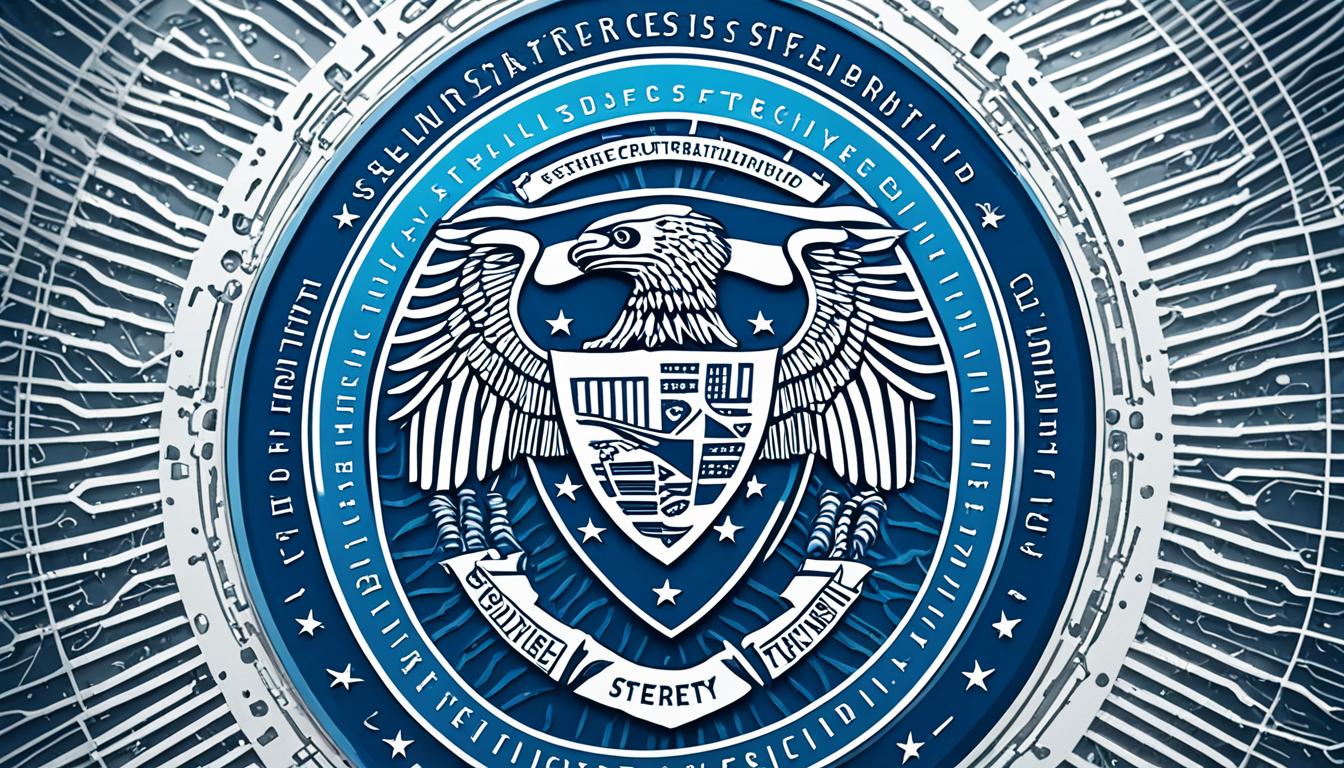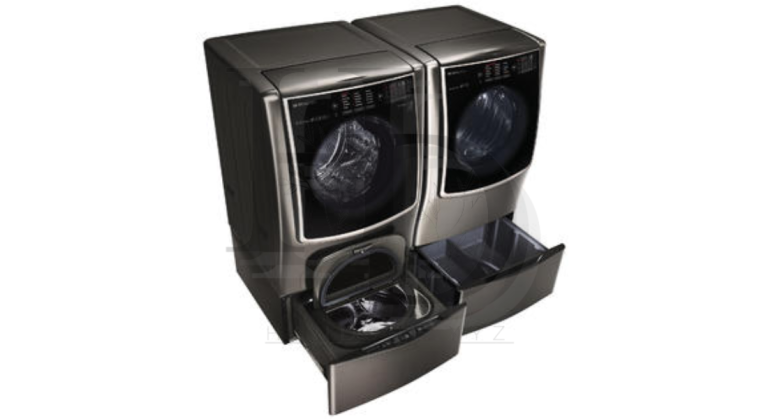
The TSA Cybersecurity Directive is a key tool to boost data safety in the airline industry. With technology advancing, strong cybersecurity rules are a must. This guide sets out the security steps airlines need to take to protect their tech from cyber threats.
Almost 170 groups have pledged to improve their defenses under the “Secure by Design” plan. The aviation sector faces a big challenge to keep airlines safe from cyber threats. It’s vital to grasp this directive to keep operations running smoothly and protect sensitive data.
Key Takeaways
- The TSA Cybersecurity Directive serves as a protective shield against evolving cyber threats.
- Airlines are encouraged to implement minimum standards for cybersecurity.
- Nearly 170 organizations are uniting to enhance data protection measures.
- Compliance with cybersecurity guidelines is essential for safeguarding sensitive information.
- Robust risk management strategies are vital for effective airline security.
- Ongoing audits and reporting will ensure adherence to cybersecurity requirements.
Understanding the TSA Cybersecurity Directive
The tsa cybersecurity directive is a key government effort to boost cybersecurity in aviation. It sets clear regulatory requirements for airlines and their partners. These rules stress the need for strong cybersecurity to protect sensitive data and keep operations safe from cyber threats.
This directive spells out how to improve the aviation cybersecurity framework. It helps airlines handle risks better. Airlines must follow guidelines for managing risks to keep their systems safe from cyber attacks. These steps create a secure space for travelers and those in the aviation field.
- Identification of essential cybersecurity practices.
- Emphasis on continuous evaluation and adaptation of security measures.
- Promotion of industry collaboration to improve overall resilience.
The directive gives the aviation sector clear guidance on meeting national security standards and tackling cyber threats. Airlines must adapt to these regulatory requirements to stay compliant and keep their operations safe.
The Importance of Cybersecurity in Airline Security
In today’s world, digital connections and technology are key in airline work. Cyber threats are a big challenge for airline security. They need strong steps to keep infrastructure and passenger data safe. These threats have grown more complex and can cause huge problems for airlines. Knowing about different cyber attacks and their effects helps people deal with these risks.
Overview of Cyber Threats Facing Airlines
Airlines face many cyber threats that put their work and security at risk. Some common threats are:
- Ransomware attacks that can freeze systems and ask for money to fix them.
- Phishing schemes that trick employees into sharing secret info.
- Denial-of-service (DoS) attacks that try to block system resources, causing big problems.
These attacks can hurt how well airlines work and can also risk important passenger data. This can make people doubt the airline’s ability to keep their info safe.
Impact of Cyber Attacks on Airline Operations
When cyber attacks work, they can have big effects on airlines. An attack often leads to:
- Big problems with operations, causing flights to be delayed or cancelled.
- Money losses from fixing things and fines from rules.
- Damage to the airline’s reputation, hurting customer trust and future chances.
The aviation industry uses more technology, so it faces more cybersecurity risks. It’s important to have strong defenses and plans to keep things running smoothly and keep passengers safe.
Key Security Requirements of the TSA Cybersecurity Directive
The TSA cybersecurity directive sets key security rules for airlines in cybersecurity. These rules help airlines fix vulnerabilities and be ready for threats. They make sure airlines protect sensitive data and keep operations safe.
Defining Minimum Standards for Cybersecurity
Airlines must follow the TSA’s cybersecurity directive by setting their own standards. These standards include specific practices and technologies. They help spot and fix risks in airline operations. The main parts of these standards are:
- Watching network activity to find unusual things.
- Training employees in cybersecurity to make them more aware.
- Using more than one way to check who you are for important systems.
- Checking for weaknesses to find what needs fixing.
Following these guidelines helps airlines protect themselves from cyber threats. This keeps their systems and data safe.
Risk Management Strategies for Airlines
To follow the TSA’s cybersecurity directive, airlines need good risk management plans. They must look at their own risks and plan based on that. Important parts of these plans include:
- Spotting threats and weaknesses in their systems.
- Sorting and picking risks by how big the impact and chance are.
- Putting in place security steps to lessen risks.
- Keeping an eye on and updating risk management plans as cyber threats change.
By using these strategies, airlines can meet the TSA’s cybersecurity standards. They also improve their cybersecurity overall.
Compliance and Enforcement of Cybersecurity Standards
The Transportation Security Administration (TSA) plays a key role in keeping the aviation sector safe from cyber threats. They make sure airlines follow strict cybersecurity rules. If airlines don’t follow these rules, they could face big problems, showing how important it is to stick to them for national security.
The Role of the Transportation Security Administration (TSA)
The TSA checks and enforces cybersecurity standards. They do more than just watch over things; they also do deep checks to see if airlines follow the rules. These checks help find out how well airlines protect against cyber threats.
Cybersecurity Compliance Audits and Reporting
Regular checks are a big part of what the TSA does. They look closely at how airlines protect themselves from cyber threats. Airlines must share reports on their cybersecurity efforts, the problems they face, and how they’re working to meet standards.
If airlines don’t pass these checks, they might face penalties or have their operations limited. So, it’s very important for airlines to keep up with cybersecurity standards to stay in business.
Data Protection Measures Outlined in the Directive
The TSA Cybersecurity Directive calls for strong data protection in the aviation sector. It sets out key strategies to boost data security and prevent unauthorized access. These strategies include using data encryption and strict access controls to protect customer and operational data.
Implementing Effective Data Encryption
Data encryption is key to keeping sensitive data safe from unauthorized access. It turns data into a code, making it unreadable to hackers. This keeps customer and operational data secure from cyber threats. Using strong encryption helps make the airline industry more secure.
Access Control and Data Privacy Strategies
Access control is crucial for data privacy, as the TSA requires. It limits access to critical systems and data to authorized people. This reduces the risk of breaches from inside or outside. By combining access control with data privacy strategies, airlines create a secure environment. This builds trust with customers and stakeholders and meets regulatory needs.



